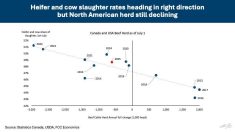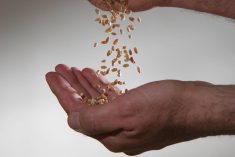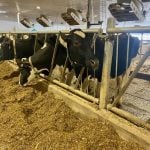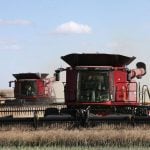Two new consignments of crop seeds will be deposited this year in the “doomsday vault” built in an Arctic mountainside to safeguard global supplies.
The vault — which opened on the Svalbard archipelago between Norway and the North Pole in 2008 — is designed to protect crop seeds such as beans, rice and wheat against the worst cataclysms of nuclear war or disease.
It already has more than 860,000 samples, from almost all nations. Even if the power were to fail, the vault would stay frozen and sealed for at least 200 years.
Read Also
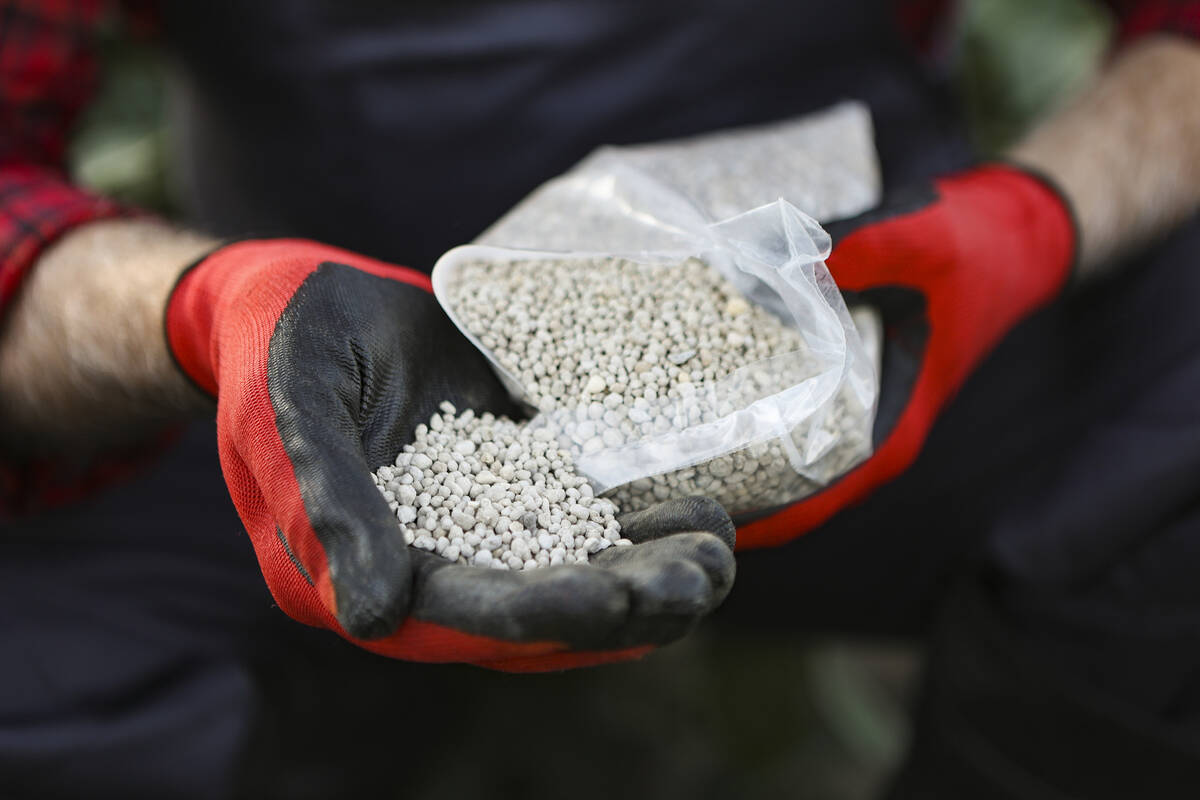
Fertilizer label changes called costly, unnecessary
Canada’s bulk fertilizer makers now have until July 2026 to update their labels, but industry says rules will be expensive, slow shipments to farmers and won’t actually make the system safer.
“The seed vault is the backup of the backup,” said Cierra Martin, a spokeswoman for the Crop Trust, the Bonn-based organization which manages the Svalbard Global Seed Vault.
She said two deposits were planned for this year, but that the details of the deposits were as yet unclear. “The deposits are due in March and May,” she said.
To protect the seeds, the vault is rarely opened.
Syria’s civil war prompted the first withdrawal of seeds from the vault in September, following a request by the International Center for Agricultural Research in Dry Areas (ICARDA). ICARDA moved its headquarters to Beirut from Aleppo in Syria in 2012 because of the conflict.
“ICARDA had to move collections in Syria to Morocco and Lebanon and the seed vault helped them re-establish their collections,” said Martin.
Many of these seeds, which included samples of wheat, barley and grasses suited to dry regions, have traits resistant to drought, which could help breed crops to withstand climate change in dry areas from Australia to Africa.




